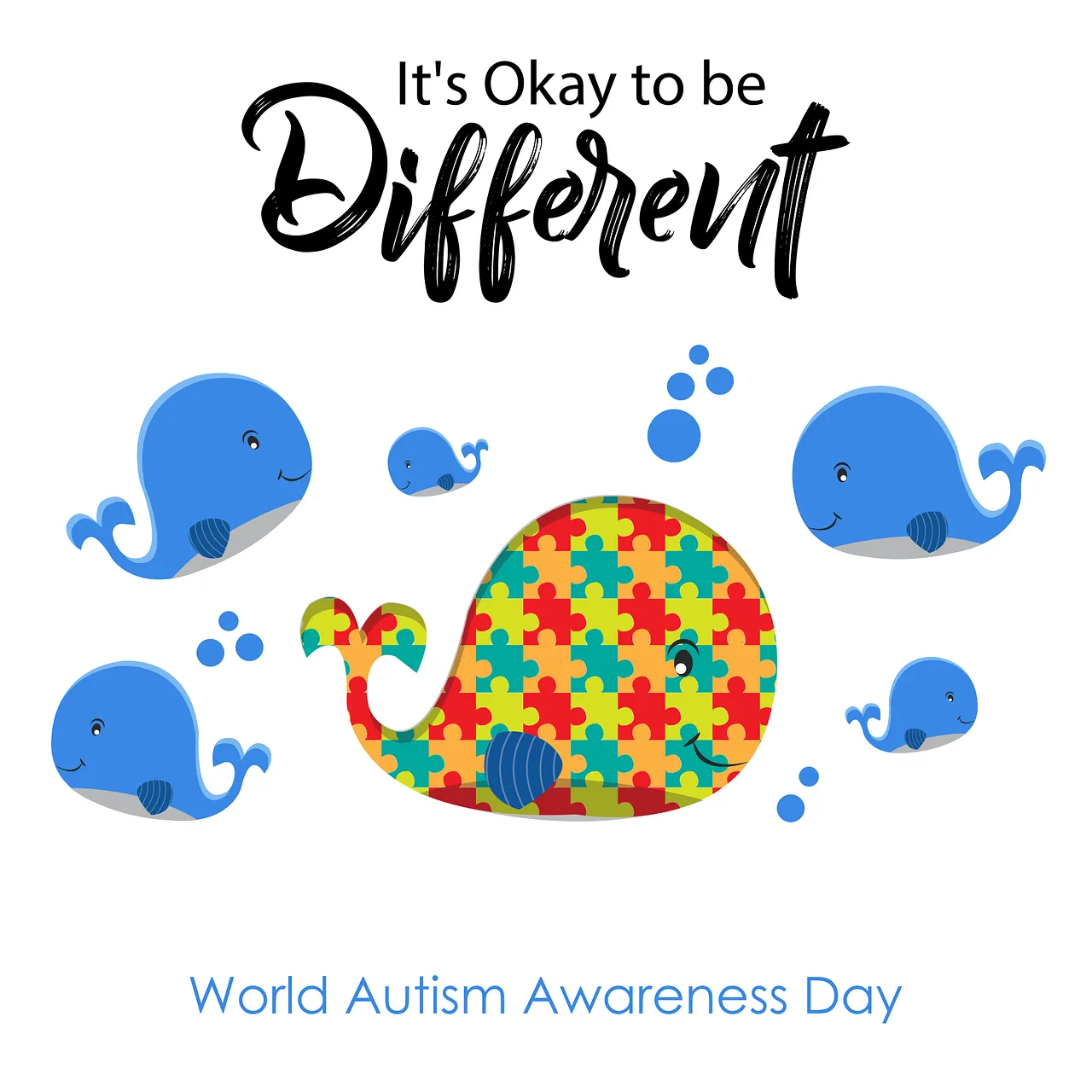
Source
Over 75 million people worldwide, or 1% of the population, are thought to have autism spectrum disorders, according to estimates from the US "CDC." According to statistics, one in 44 children in the United States is born with an autistic spectrum disorder (ASD), and males are four times more likely than females to have this illness.
Individuals with autism spectrum disorders struggle with social interaction, learning, and self-expression. Some may talk slowly or avoid looking others in the eyes, and you may hear some faint or repetitive noises coming from some of them.
In a recent study, researchers discovered that persons with autism spectrum disorders experience substantial sleep problems, with 80% of these individuals experiencing these issues compared to 30% of the general population. Scientists have discovered that the diencephalon, a brain region with roughly 10,000 neurons known as the "superior lateral nucleus," is where the primary issue lies in the human circadian rhythm center.
After research, scientists found that autistic patients actually suffer from a problem in the biological clock that controls sleep cycles in humans, and this problem originates in the biological clock control center inside the brain known as the "cerebellum", which consists of about ten thousand cells. A nerve that forms within the cerebral tissue (cerebrum), and controls the sleep cycle and daily activity of humans and other mammals.
The biological clock that regulates sleep cycles in humans has a problem in autistic individuals, according to studies, and this problem arises in the biological clock control center inside the brain known as the "cerebellum," which has roughly ten thousand cells. a nerve that develops within the cerebral tissue (cerebrum) and regulates a mammal's or human's sleep cycle and everyday activities.
Another study found that in infants between the ages of 6 and 12 months, a rise in the size of the amygdala, a region deep within the cerebellum, is an early sign of a high likelihood of developing autism spectrum disorder. One copy of these mutations is all that is necessary for the formation of the illness, therefore this increase in the growth of this portion is linked to genetic mutations carried by the X chromosome and may account for the increased prevalence of autism in males.
Now let's come to the important question: Why did the genetic mutations that cause autism persist and spread in human populations over thousands of years?
The explanation lies in the fact that these mutations are not only a cause of autism, but are also associated with the emergence of high mental abilities, such as intelligence, perception, and strong memory in significant proportions. These features were important for survival in ancient environments, both for the individual and the group to which he or she belonged. This explanation has been confirmed by genetic studies that have shown a relationship between these mutations and mental abilities.
This information and discoveries are currently used in the treatment of autism cases and help in the development of modern methods to reduce the negative effects of autism and enhance the use of positive aspects of it